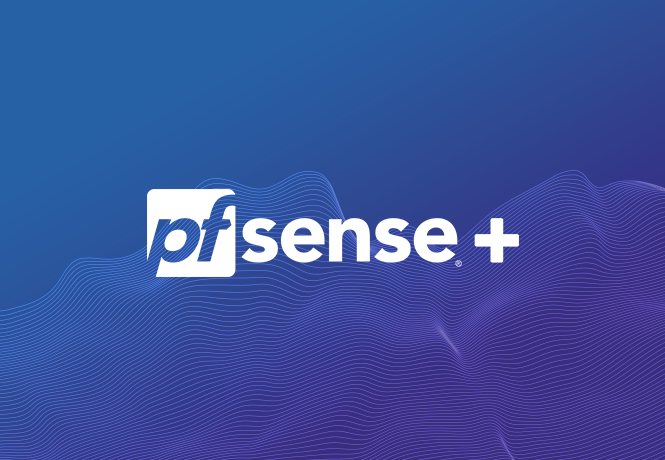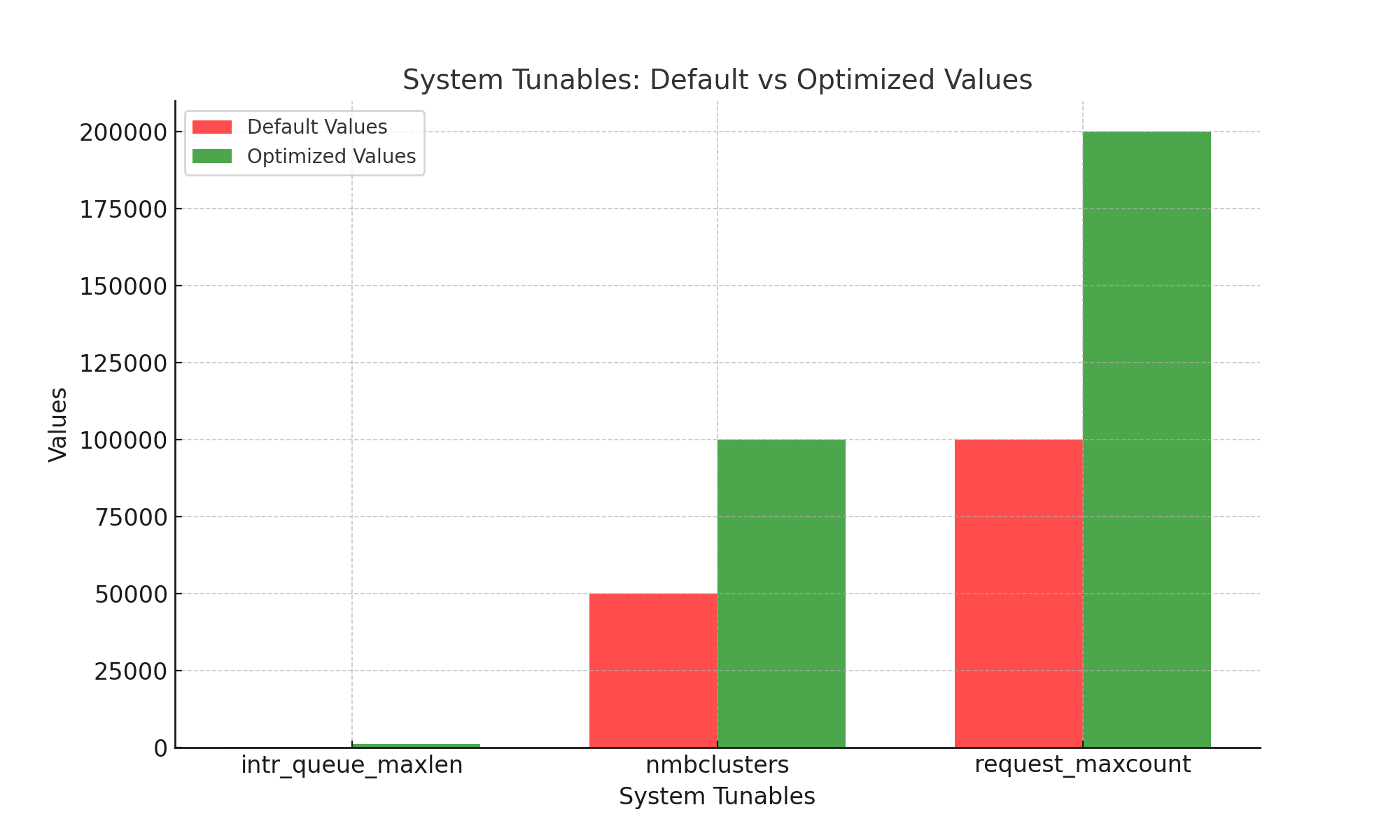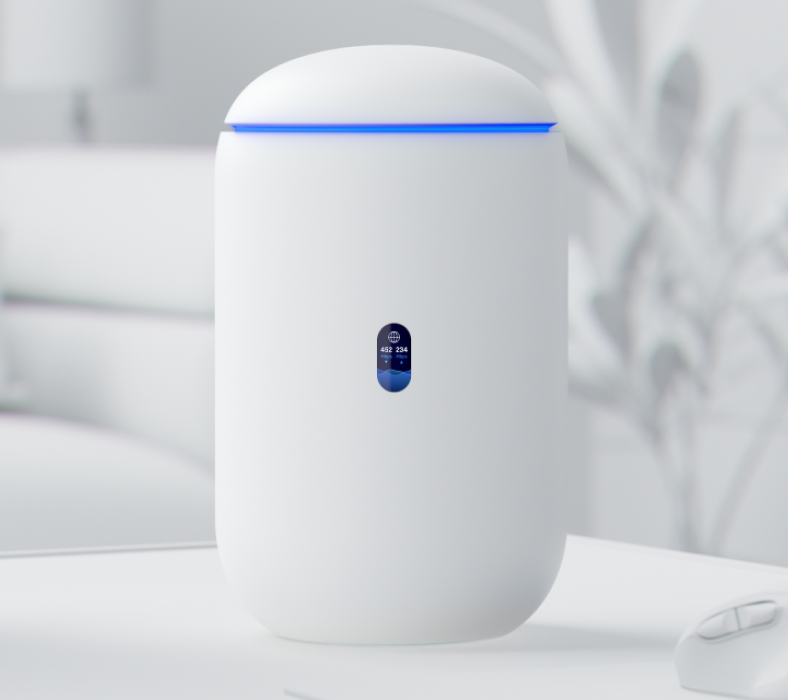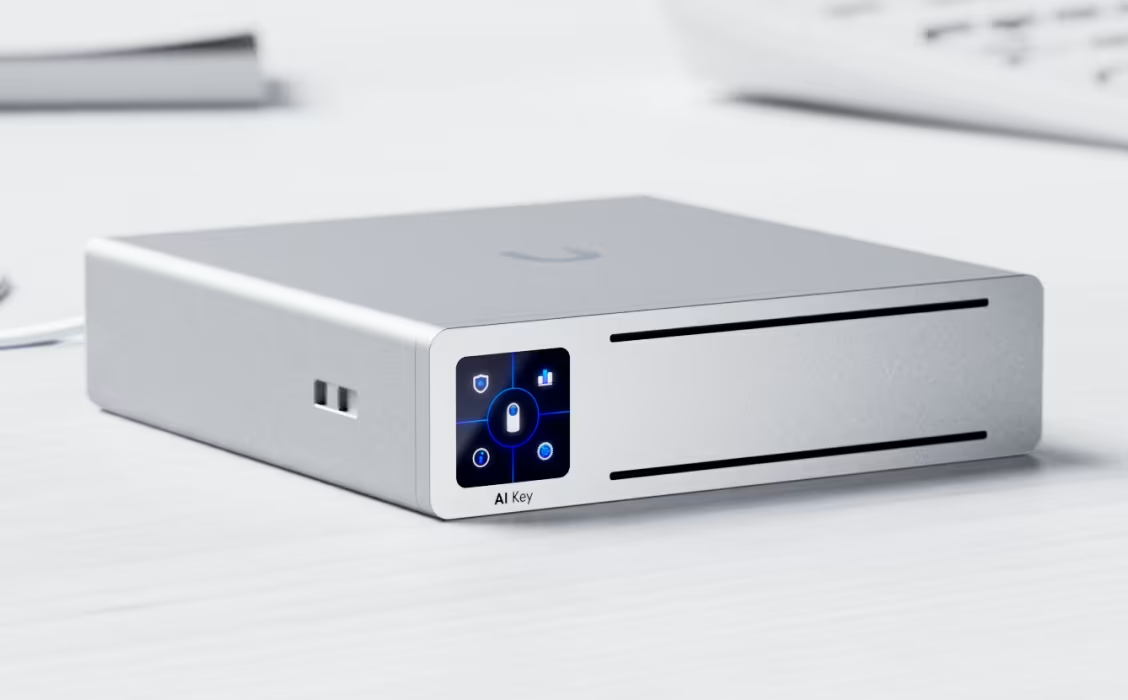
pfSense Plus is a powerful, flexible firewall platform designed for a wide range of environments—from small offices to enterprise-level networks. The performance of a pfSense Plus instance is significantly influenced by the CPU speed and capabilities, which determine its traffic processing capacity. However, without proper optimization, you might not be getting the maximum performance possible. This guide dives deep into tuning your pfSense Plus installation for optimal performance, with actionable tips, detailed tables, and visual data.
1. Adjust System Tunables for Maximum Performance
System tunables let you configure the behavior of the FreeBSD operating system underlying pfSense Plus. Adjusting these values can dramatically improve your network’s performance.
Key Tunables to Optimize
| Tunable Name | Recommended Value | Description |
|---|---|---|
| net.inet.ip.intr_queue_maxlen | Increase from 256 to 1024 | Handles higher traffic volumes without packet loss. |
| kern.ipc.nmbclusters | Double the default value | Boosts Mbuf capacity, essential for processing large volumes of network packets. Specific code adjustments in kernel configurations can influence performance metrics, particularly in relation to the Wireguard kernel module. |
| net.pf.request_maxcount | 200000 or higher | Increases the state table size for large or high-concurrency networks. |
| kern.ipc.nmbjumbop | Increase from default | Allocates more jumbo Mbufs for handling larger packets efficiently. |
Why Tunables Matter
Let’s take a real-world example:
A medium-sized business with 500 devices connected to the network notices packet drops during peak hours. By increasing net.inet.ip.intr_queue_maxlen to 1024 and doubling kern.ipc.nmbclusters, the network can handle significantly more traffic without bottlenecks.
How to Modify Tunables
- Navigate to System > Advanced > System Tunables.
- Search for the tunable you want to modify.
- Enter the new value, save, and reboot if required.
2. Optimize Network Interfaces
Fine-tuning your network interface cards (NICs) can have a major impact on overall performance.
Optimizing network interfaces is crucial for efficient file transfers and access, especially in setups involving file servers.
Recommendations for NIC Optimization
| Feature | Default Setting | Recommended Setting |
|---|---|---|
| TSO (TCP Segmentation Offload) | Enabled | Disabled |
| LRO (Large Receive Offload) | Enabled | Disabled |
| Flow Control | Enabled | Disabled |
| Hardware Checksum Offloading | Enabled | Enabled (if no compatibility issues) |
Example Use Case
Disabling TSO and LRO on interfaces has been shown to reduce latency and improve throughput, particularly in high-traffic environments like corporate networks.
3. Monitor and Optimize Mbuf Usage
Mbufs are crucial for processing network traffic. If your system runs out of Mbufs, it may experience packet loss or system instability.
Visualizing Mbuf Optimization
Here’s a chart comparing default Mbuf usage to optimized settings:
Steps to Increase Mbuf Capacity
- Use the command netstat -m to check current Mbuf usage.
- If usage exceeds 80%, increase the value of kern.ipc.nmbclusters in System Tunables.
- For high-traffic networks, consider increasing both kern.ipc.nmbclusters and kern.ipc.nmbjumbop.
Example:
- Default Mbufs: 100000
- Optimized: 200000
This adjustment prevents packet loss during peak traffic periods.
4. Leverage Hardware Offloading
Enabling hardware offloading allows pfSense to utilize NICs or CPUs with dedicated features, reducing system load. When comparing performance metrics, OPNsense shows different results, particularly in terms of hardware offloading and CPU usage, which can be influenced by its kernel implementation.
| Feature | Description | Recommended Setting |
|---|---|---|
| AES-NI Hardware Crypto | Accelerates VPN encryption/decryption. | Enabled (if supported). |
| Hardware VLAN Tagging | Offloads VLAN tagging tasks to the NIC. | Enabled |
| Hardware Checksum Offloading | Verifies packet integrity using NIC hardware. | Enabled |
Why AES-NI Matters
VPN-heavy workloads, such as IPsec tunnels, benefit significantly from AES-NI, which can improve encryption speeds by 3–5x compared to software-based encryption.
5. Optimize ZFS Memory Usage
Systems running pfSense Plus on ZFS benefit from specific optimizations to reduce memory usage and avoid performance degradation.
ZFS Tuning Recommendations
| Parameter | Recommended Value | Purpose |
|---|---|---|
| vfs.zfs.arc_max | 50% of total memory | Limits ARC cache memory consumption. |
| vfs.zfs.prefetch_disable | 1 (Disable prefetching) | Improves performance on low-memory systems. |
6. Regular Updates and Maintenance
Keeping your system updated ensures you’re running the latest version of pfSense Plus, which includes critical performance improvements and security patches.
Update Checklist
- Check for updates under System > Update.
- Review release notes for performance enhancements or known issues.
7. Avoid Common Pitfalls
When optimizing pfSense, avoid these mistakes:
- Overloading State Tables: Set appropriate limits in System > Advanced > Firewall/NAT.
- Neglecting Hardware Limits: Ensure your hardware is capable of handling your network’s demands.
- Disabling Critical Features: Ensure features like intrusion detection or packet filtering are not unintentionally disabled.
Summary Table: Key Optimizations
| Area | Optimization | Benefits |
|---|---|---|
| System Tunables | Increase Mbufs and state tables. | Handles higher traffic without packet loss. |
| Network Interfaces | Disable TSO/LRO and Flow Control | Reduces latency and increases throughput. |
| Hardware Offloading | Enable AES-NI | Improves VPN and encryption performance. |
| ZFS Optimization | Limit ARC cache | Frees memory for system processes. |
Performance Improvements After Optimization
Here’s a visual comparison of key metrics before and after applying the optimizations:
FAQ’s
How does WireGuard performance impact network security?
WireGuard performance plays a critical role in enhancing network security through the use of advanced protocols and efficient data handling. Utilizing tools like iperf can help measure performance metrics, ensuring a robust and secure transmission. Continuous network security monitoring is essential to prevent potential vulnerabilities and maintain optimal speed.
What are smaller packets and how do they affect traffic shaping?
Smaller packets are used in traffic shaping to efficiently manage data flow and improve QoS (Quality of Service). By segmenting data into smaller packets, network congestion is minimized, leading to a faster and more reliable network performance. Adjusting the config allows for better control over data transmission, which is vital for maintaining network efficiency.
Why is OpenVPN considered a reliable solution for network configuration?
OpenVPN is renowned for its robust network security features which include configurable encryption protocols to safeguard data. The easy-to-use GUI makes configuration straightforward, allowing for personalized tweaks to match specific security needs. This reliability ensures secure connections across various network instances.
How can I improve the performance of installed network products?
Improving the performance of installed network products involves regular software releases and updates. Keeping your systems up to date is essential for resolving any potential security gaps and enhancing overall system robustness. Additionally, using performance monitoring tools like iperf can help in identifying and addressing issues swiftly.
What should I consider when setting up a robust network using bare metal?
When setting up a network on bare metal, it’s crucial to consider factors like traffic shaping, network security, and system configuration. Implementing a solid security protocol while considering the overall QoS will enhance performance. It’s advisable to consult forums and documentation for ideas and best practices to ensure an effective setup.
Conclusion
Optimizing pfSense Plus is a blend of understanding system limitations, configuring tunables, and leveraging hardware capabilities. By following these best practices, you can unlock the full potential of your pfSense deployment, ensuring reliable and efficient network performance.
For more advanced details, consult the pfSense Hardware Tuning Guide.

pfSense Plus is a powerful, flexible firewall platform designed for a wide range of environments—from small offices to enterprise-level networks. The performance of a pfSense Plus instance is significantly influenced by the CPU speed and capabilities, which determine its traffic processing capacity. However, without proper optimization, you might not be getting the maximum performance possible. This guide dives deep into tuning your pfSense Plus installation for optimal performance, with actionable tips, detailed tables, and visual data.
1. Adjust System Tunables for Maximum Performance
System tunables let you configure the behavior of the FreeBSD operating system underlying pfSense Plus. Adjusting these values can dramatically improve your network’s performance.
Key Tunables to Optimize
| Tunable Name | Recommended Value | Description |
|---|---|---|
| net.inet.ip.intr_queue_maxlen | Increase from 256 to 1024 | Handles higher traffic volumes without packet loss. |
| kern.ipc.nmbclusters | Double the default value | Boosts Mbuf capacity, essential for processing large volumes of network packets. Specific code adjustments in kernel configurations can influence performance metrics, particularly in relation to the Wireguard kernel module. |
| net.pf.request_maxcount | 200000 or higher | Increases the state table size for large or high-concurrency networks. |
| kern.ipc.nmbjumbop | Increase from default | Allocates more jumbo Mbufs for handling larger packets efficiently. |
Why Tunables Matter
Let’s take a real-world example:
A medium-sized business with 500 devices connected to the network notices packet drops during peak hours. By increasing net.inet.ip.intr_queue_maxlen to 1024 and doubling kern.ipc.nmbclusters, the network can handle significantly more traffic without bottlenecks.
How to Modify Tunables
- Navigate to System > Advanced > System Tunables.
- Search for the tunable you want to modify.
- Enter the new value, save, and reboot if required.
2. Optimize Network Interfaces
Fine-tuning your network interface cards (NICs) can have a major impact on overall performance.
Optimizing network interfaces is crucial for efficient file transfers and access, especially in setups involving file servers.
Recommendations for NIC Optimization
| Feature | Default Setting | Recommended Setting |
|---|---|---|
| TSO (TCP Segmentation Offload) | Enabled | Disabled |
| LRO (Large Receive Offload) | Enabled | Disabled |
| Flow Control | Enabled | Disabled |
| Hardware Checksum Offloading | Enabled | Enabled (if no compatibility issues) |
Example Use Case
Disabling TSO and LRO on interfaces has been shown to reduce latency and improve throughput, particularly in high-traffic environments like corporate networks.
3. Monitor and Optimize Mbuf Usage
Mbufs are crucial for processing network traffic. If your system runs out of Mbufs, it may experience packet loss or system instability.
Visualizing Mbuf Optimization
Here’s a chart comparing default Mbuf usage to optimized settings:
Steps to Increase Mbuf Capacity
- Use the command netstat -m to check current Mbuf usage.
- If usage exceeds 80%, increase the value of kern.ipc.nmbclusters in System Tunables.
- For high-traffic networks, consider increasing both kern.ipc.nmbclusters and kern.ipc.nmbjumbop.
Example:
- Default Mbufs: 100000
- Optimized: 200000
This adjustment prevents packet loss during peak traffic periods.
4. Leverage Hardware Offloading
Enabling hardware offloading allows pfSense to utilize NICs or CPUs with dedicated features, reducing system load. When comparing performance metrics, OPNsense shows different results, particularly in terms of hardware offloading and CPU usage, which can be influenced by its kernel implementation.
| Feature | Description | Recommended Setting |
|---|---|---|
| AES-NI Hardware Crypto | Accelerates VPN encryption/decryption. | Enabled (if supported). |
| Hardware VLAN Tagging | Offloads VLAN tagging tasks to the NIC. | Enabled |
| Hardware Checksum Offloading | Verifies packet integrity using NIC hardware. | Enabled |
Why AES-NI Matters
VPN-heavy workloads, such as IPsec tunnels, benefit significantly from AES-NI, which can improve encryption speeds by 3–5x compared to software-based encryption.
5. Optimize ZFS Memory Usage
Systems running pfSense Plus on ZFS benefit from specific optimizations to reduce memory usage and avoid performance degradation.
ZFS Tuning Recommendations
| Parameter | Recommended Value | Purpose |
|---|---|---|
| vfs.zfs.arc_max | 50% of total memory | Limits ARC cache memory consumption. |
| vfs.zfs.prefetch_disable | 1 (Disable prefetching) | Improves performance on low-memory systems. |
6. Regular Updates and Maintenance
Keeping your system updated ensures you’re running the latest version of pfSense Plus, which includes critical performance improvements and security patches.
Update Checklist
- Check for updates under System > Update.
- Review release notes for performance enhancements or known issues.
7. Avoid Common Pitfalls
When optimizing pfSense, avoid these mistakes:
- Overloading State Tables: Set appropriate limits in System > Advanced > Firewall/NAT.
- Neglecting Hardware Limits: Ensure your hardware is capable of handling your network’s demands.
- Disabling Critical Features: Ensure features like intrusion detection or packet filtering are not unintentionally disabled.
Summary Table: Key Optimizations
| Area | Optimization | Benefits |
|---|---|---|
| System Tunables | Increase Mbufs and state tables. | Handles higher traffic without packet loss. |
| Network Interfaces | Disable TSO/LRO and Flow Control | Reduces latency and increases throughput. |
| Hardware Offloading | Enable AES-NI | Improves VPN and encryption performance. |
| ZFS Optimization | Limit ARC cache | Frees memory for system processes. |
Performance Improvements After Optimization
Here’s a visual comparison of key metrics before and after applying the optimizations:
FAQ’s
How does WireGuard performance impact network security?
WireGuard performance plays a critical role in enhancing network security through the use of advanced protocols and efficient data handling. Utilizing tools like iperf can help measure performance metrics, ensuring a robust and secure transmission. Continuous network security monitoring is essential to prevent potential vulnerabilities and maintain optimal speed.
What are smaller packets and how do they affect traffic shaping?
Smaller packets are used in traffic shaping to efficiently manage data flow and improve QoS (Quality of Service). By segmenting data into smaller packets, network congestion is minimized, leading to a faster and more reliable network performance. Adjusting the config allows for better control over data transmission, which is vital for maintaining network efficiency.
Why is OpenVPN considered a reliable solution for network configuration?
OpenVPN is renowned for its robust network security features which include configurable encryption protocols to safeguard data. The easy-to-use GUI makes configuration straightforward, allowing for personalized tweaks to match specific security needs. This reliability ensures secure connections across various network instances.
How can I improve the performance of installed network products?
Improving the performance of installed network products involves regular software releases and updates. Keeping your systems up to date is essential for resolving any potential security gaps and enhancing overall system robustness. Additionally, using performance monitoring tools like iperf can help in identifying and addressing issues swiftly.
What should I consider when setting up a robust network using bare metal?
When setting up a network on bare metal, it’s crucial to consider factors like traffic shaping, network security, and system configuration. Implementing a solid security protocol while considering the overall QoS will enhance performance. It’s advisable to consult forums and documentation for ideas and best practices to ensure an effective setup.
Conclusion
Optimizing pfSense Plus is a blend of understanding system limitations, configuring tunables, and leveraging hardware capabilities. By following these best practices, you can unlock the full potential of your pfSense deployment, ensuring reliable and efficient network performance.
For more advanced details, consult the pfSense Hardware Tuning Guide.









